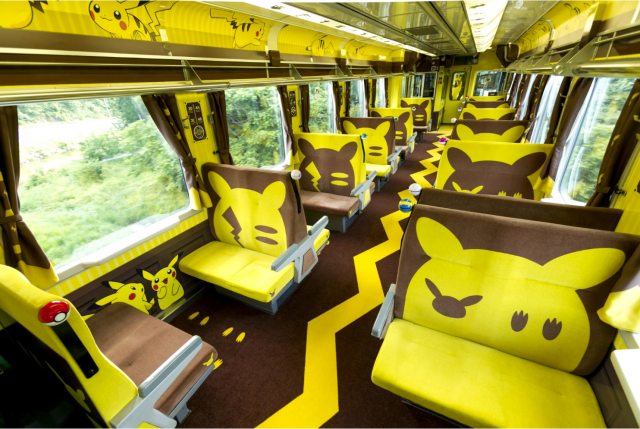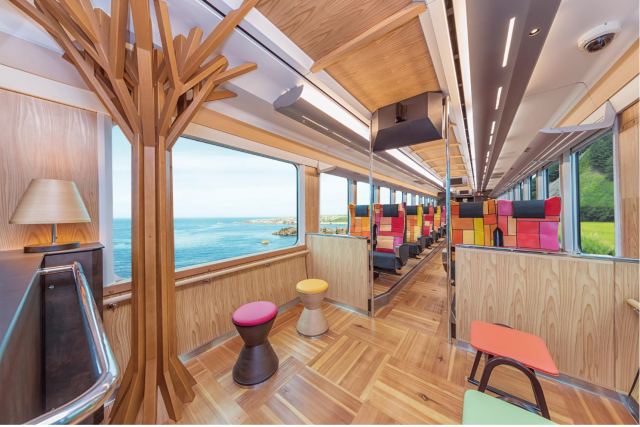The Role of Product Designers in the Railway Industry: Enhancing Innovation and Passenger Experience
Author: Takao Itoh
Product Design Engineering is a domain that utilizes mechanical engineering and ergonomics for product innovation. Recently, product design has been considering user convenience and ease of use. Basically, ergonomics is a science that studies human behavior, which then becomes data for designing experiences. Design for humans means that the resulting design is adapted to human behavior, then ensures comfortable use and safety for the purpose.
 |
 |
Thematic Design of Train Interior Design in Japan Railways (JR) Compartment
Source: https://www.tripzilla.com/jr-east-pass-themed-trains/84127
The design of the vehicle interior plays an important role in Traveler Experience Design. Interior space design, shape, and seat height as well as the height between the station platform and train deck play an important role in ensuring passenger comfort and safety. Donald A. Norman in his book "The Design of Everyday Things" states that "It's not enough that we build products that function, that are understandable and usable, we also need to build products that bring joy and excitement, pleasure and fun, and yes, beauty to people's lives. This quote of Donald A. Norman’s encourages the development of ergonomics which not only focuses on comfort and safety but expanding it into providing user experience. An indication of a pleasant experience is that the user does not need to think about using the product (Krug, 2000) because the user can immediately understand the use of the product.
The design of the travel experience by train begins with the development of station room designs, train waiting rooms, and extends to the design of the train carriage rooms, including the comfort of the seats. In addition to considering the technical aspects of providing comfortable seating for passengers, product designers also delve into the creation of a spacious and comfortable environment within the train. This involves selecting the interior color of the carriage, the seat cushion color, the seat material, as well as the exterior color of the railroad car. Through this design exploration, not only is passenger comfort taken into account, but it also serves as a platform for innovative space design and human ergonomics on trains. In this context, experience design goes beyond simply addressing the current comfort needs of users; it also guides future design innovations. For instance, it may involve the discovery of seat materials that are easy to clean, the development of reliable and easy-to-fold folding chair mechanisms, the use of train interior paint materials that can be swiftly and easily cleaned, and other inventive solutions.
References
- Norman, D. (2013). The design of everyday things: Revised and expanded edition. Basic books.
- Krug, S. (2000). Don't make me think!: a common sense approach to Web usability. Pearson Education India.


Comments :